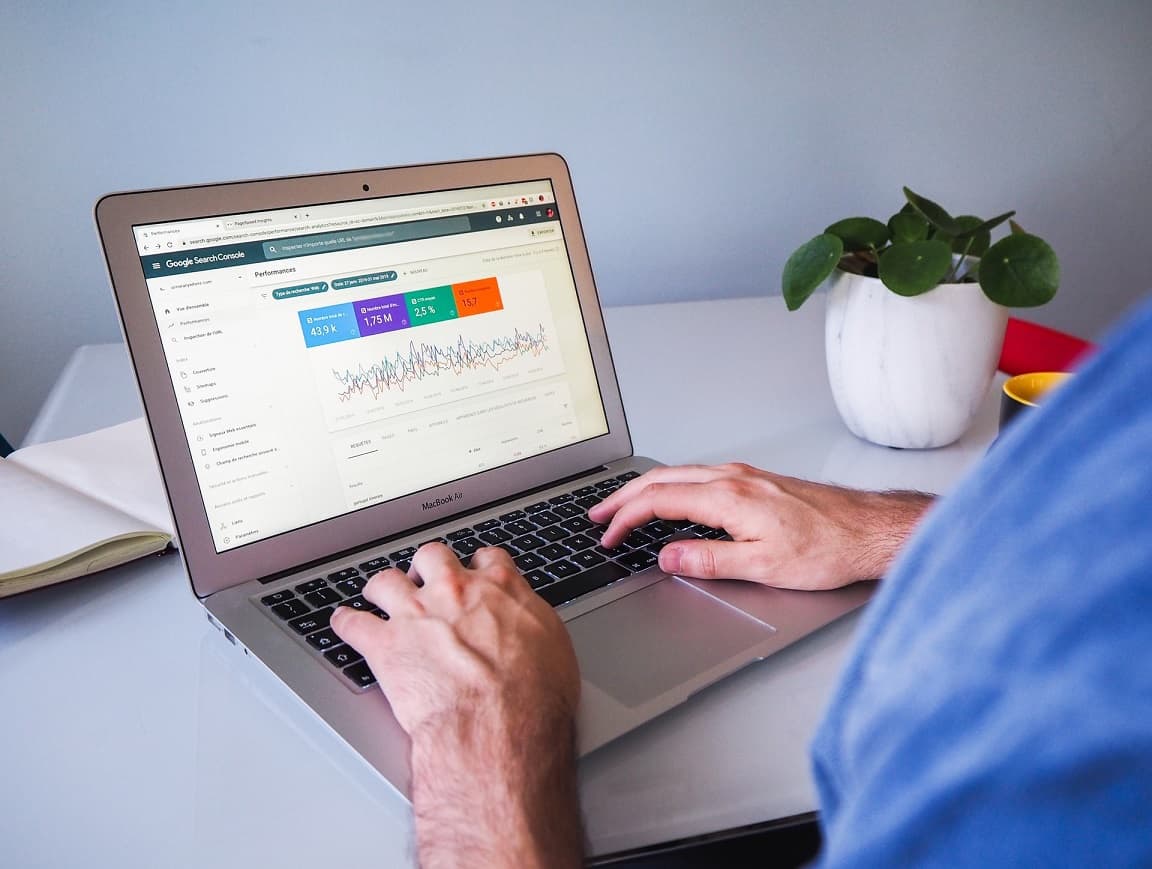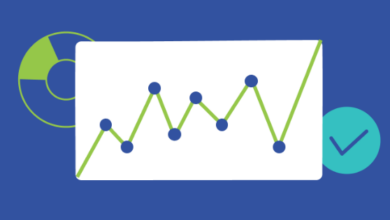10 Ways to Improve Your Website’s Google Rankings

As Google’s algorithms develop, search engine optimization guidelines also follow suit. If you haven’t been too preoccupied with the SEO aspects of your website or you’ve only focused on keyword optimization, but without the success you’ve expected, it’s because search engines, and Google in particular, have become sophisticated enough to take into account several other factors that all influence your website’s Google rankings. Keyword relevance is important, but it’s only one aspect that factors into your search engine rankings.
Today, search engines have the capability to measure aspects such as the duration of your audiences’ visit, returning visitors, bounce rates, viewed pages, broken links, website usability, users’ interaction with your content, and plenty of other factors. As a consequence, your website has to perform well under all these domains to rank high in Google’s search results.
Websites that rank high have a particularly good understanding of website usability and user engagement, and their SEO efforts are concentrated on taking user-friendliness to a whole new level.
What does website usability mean? Why is it important from an SEO standpoint?
Website usability is made up of five quality components: effectiveness (achieving the objective that drove users to your website, whether it’s a product they searched for or a piece of information), efficiency (how quickly can the objective be achieved? If users can’t find what they need in a short timeframe, they will navigate away from your site), learnability (how easy is it for users to understand how to navigate on your website?), memorability (is your website easy enough to remember should users need to find your website again? Repeat traffic amounts to better rankings.), error prevention (errors that affect user experience – 404s, broken links, etc. – also effect Google rankings).
The more time users spend on your website, the more they interact with your content and the more they repeat their visits, the more user friendly your website is, and your search engine optimization efforts are more likely to be rewarded by Google with a higher ranking.
Let’s see what you can do to improve your website’s usability and SEO position with the following 10 ways to improve your website’s Google rankings:
1. Content quality, relevancy, and usefulness
Content still continues to be one of the driving forces of SEO, and the more useful and relevant your content is, the more time people spend on consuming it, which of course correlates with better rankings. The amount of time users linger over your content is known as dwell time, and this time can be increased by the quality, relevancy and usefulness of your content. Word count may not directly influence SEO positioning, but content with a word count between 2,000 and 2,500 words does seem to fare better in rankings, especially because more content gives you more opportunity to increase dwell time, incorporate more keywords and outbound links. Content that’s bookmarked more on Chrome also signals Google that that content has more value for readers.
2. Content readability
Readability is a more versatile element that can refer to whether your content is easy enough to digest or how your content is formatted. If your content is difficult to understand, the font size and typography are not conducive to readability, text is not broken down in sections, or it’s not formatted well or it’s over-formatted can make it hard for users to read through your content. Easy to understand content, with clear paragraph structures and proper fonts and typography will make your content easier to devour.
3. Page load times
Users won’t wait around patiently for your pages to load; they will turn to other websites that won’t make them lose precious time in searching for information or products. Pages that load forever have high bounce rates, which understandably lowers your website’s rankings. There are many ways to speed up your website from using caching plugins to optimizing image sizes and removing unnecessary plugins.
4. Mobile optimization
Mobile optimization is another way to improve your website’s Google rankings. A website that is not mobile-friendly won’t rank high in search results. An increasing number of users are consuming content on their mobile devices, and if your site is not optimized for mobile, you can’t provide the same user experience for mobile users as you would for desktop users, therefore your conversion rates will take a hit.
A responsive site is all the more important for B2B marketers as studies show that 77% of business executives that research products and services for their business do so on their smart devices.
5. Image optimization
You can optimize images by using proper sizes and file format, but also by signaling relevancy both on a visual level and on an SEO level. Including relevant keywords in the name of the image file and in its description, alt tag, caption or title can also contribute to better rankings.
6. Multimedia diversity
Images should not be the only type of media you use. Different multimedia can help you enrich the user experience and present information in interactive ways to your audience. Interactive and good-looking content also signals Google that you’ve put in the hours in enhancing your visitor’s user experience. Don’t limit yourself to presenting content in a text-based or image-based format only, try to include videos as well. Video marketing can be used to instantly establish a connection with your visitors, increase product understanding, boost traffic and sales. Websites that use videos will also have users spending more time on their websites and better remember information.
7. Quality of links
Using outbound links to websites with a high authority goes to show where you source your information from or shows your readers where they can find more detailed information on a given subject. Using these quality outbound links can improve your SEO ranking, but make sure not to abuse them, or else you risk being sanctioned by Google rather than rewarded.
Another aspect of link quality concerns fixing broken links. 404 links give a bad impression suggesting that your site is not maintained, neglected or old. It’s also frustrating for users who click on a link with a certain expectation only to be greeted with a 404 error message. Improve website usability by using link checker tools that can help you get rid of broken links.
8. Clean site architecture and navigation
A thoughtfully constructed site architecture with a clean design and easy navigation not only helps visitors find what they are looking for, but a website with high usability will also increase conversions and visitor returns. A website that surfaces links of all important content and pages facilitates the crawling process of the entire site thereby helping to improve SEO positioning. A cluttered, messy site architecture will only lead to higher bounce rates and low dwell times.
9. Social sharing
Social media is not only a way to drive more traffic to your website, but your social media activity and the way your visitors engage with your content on social media can also be construed by Google as a sign of value. Implement social sharing buttons on your website, and take an active role on social media platforms. This will make it easy for your visitors to share your content, and it will drive more traffic to your website. Social sharing is also vital for online stores, given that purchasing behavior is also influenced by what people say about a product or service on social media platforms.
10. Contact us page optimization
Allowing your visitors to easily get in touch with you is essential from a customer support perspective. Businesses that list sufficient contact information on their sites are also more credible in the eyes of the user, and even search engines consider them more trustworthy. A well thought out contact form design can help generate new leads, new business opportunities, and improve customer service.
Conclusion
It’s clear from all of the above considerations that SEO is not limited to a single element, but it’s a multi-layered field that requires you to pay attention to every aspect of your website from content to speed and website navigation. It may seem like a daunting endeavor, but if you’re keen on improving your site’s Google rankings, your efforts will pay off.



